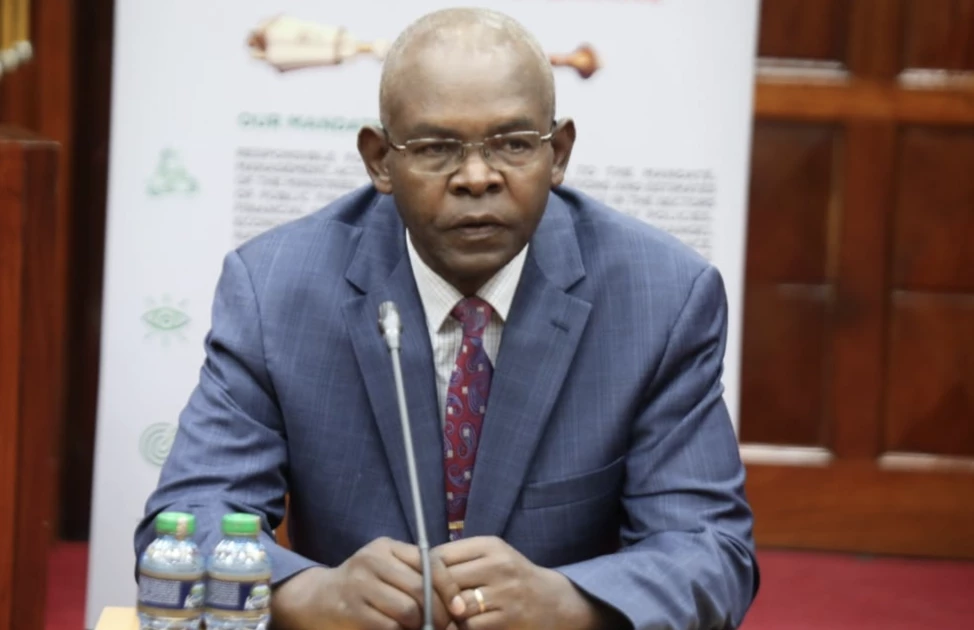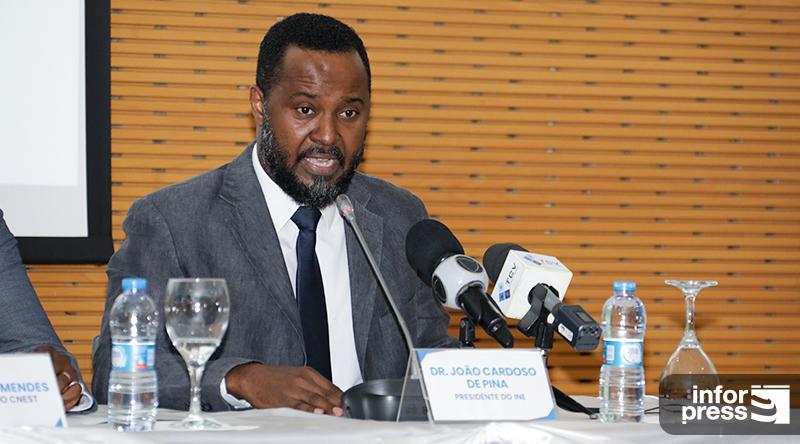Africa’s Untapped Alpha: Why Mental Health Could Move Markets Faster Than Minerals
Ignoring Africa’s $40B annual productivity loss from untreated mental illness is no longer viable. Investors tracking NPN, SBK, EQTY, and GTCO may find the next growth edge is cognitive resilience, not commodities.

Africa’s next competitive edge may not lie in commodities, manufacturing, or fintech, but in something often overlooked as economic infrastructure: mental health. Framing mental wellness as a driver of productivity and competitiveness, rather than a social welfare issue, reframes Africa’s growth narrative. The WHO estimates that depression and anxiety alone cost the global economy $1 trillion annually in lost productivity. In low- and middle-income countries, the treatment gap is severe—up to 85% of people with serious mental disorders receive no care. In Africa, this gap erodes labor productivity, educational outcomes, and fiscal sustainability. South Africa loses an estimated $2.5 billion a year to absenteeism and presenteeism tied to mental health, while in Nigeria, depression ranks among the top causes of disability-adjusted life years (DALYs), costing around $1.5 billion annually. These are not soft numbers; they are equivalent to lost GDP growth.
For companies listed on exchanges like the JSE (JSE: NPN, JSE: SBK, JSE: MTN) or the Nairobi Securities Exchange (NSE: EQTY, NSE: SCBK, NSE: SCOM), mental health is already a bottom-line issue. PwC data suggests South African firms spend nearly 10% of payroll on absenteeism costs, with stress and burnout major contributors. If firms cut that by 25% through structured wellness programs, the cost savings would boost EBITDA margins and investor returns. Kenya’s Equity Bank (NSE: EQTY) and Standard Chartered Kenya (NSE: SCBK) rely heavily on human capital productivity; resilience in their workforces can materially affect cost-to-income ratios. Investors should begin modeling workforce mental health into sector outlooks as carefully as they model inflation, FX, or energy costs.
The macroeconomic case is even stronger. Tanzania, with projected GDP growth of 5.5% in 2025, has fewer than 50 psychiatrists for a population of 65 million. The World Bank estimates untreated mental illness could trim 1–1.5% of GDP annually—about $1.5 billion, more than half its gold export earnings. A half-point improvement in effective labor utilization via mental health interventions could expand taxable income, strengthening a revenue-to-GDP ratio stuck below 15%. That matters for fiscal resilience given a debt-to-GDP of 42%. In Nigeria, with GDP at $472 billion, if just 0.5% of GDP ($2.3 billion) were invested in scaled programs, the long-term payoff could reach $10–12 billion in annual productivity gains. For sovereign bondholders, that matters: lower fiscal deficits improve creditworthiness, tighten spreads, and reduce debt-service costs. Ghana’s 2021 Eurobond carried a yield of 7.875% compared with South Africa’s 5.25%. A 50-basis-point improvement tied to stronger resilience translates into millions saved yearly.
Yet financing is the critical bottleneck. African governments spend less than $1 per capita on mental health, compared with $21 in high-income economies. Less than 1% of health budgets are allocated to the sector. Donor funding is fragmented, and private-sector involvement remains shallow. Here lies an opportunity for innovation. Insurers such as Sanlam (JSE: SLM) and Old Mutual (JSE: OMU) could integrate mental health into coverage products, spreading costs across large pools. Banks could link lending terms to SME wellness standards, embedding resilience in credit risk models. Telcos like Safaricom (NSE: SCOM) or MTN Group (JSE: MTN) could bundle wellness apps into mobile plans, democratizing access. Africa’s $11 billion in green and social bond issuances in 2023 (up from $2.3 billion in 2018, AfDB data) suggests space for a new class of “wellness bonds.” ESG investors, tracking indices like MSCI EM (ticker: MSCIEM), are actively seeking measurable SDG-linked outcomes. Governments that embed mental health in fiscal frameworks could lower borrowing costs and attract capital.
The dividends are measurable. If Kenya, with GDP of $115 billion, loses 4% annually ($4.6 billion) to untreated conditions, cutting that by 20% yields nearly $1 billion. Kenya’s 2024 fiscal deficit was $7 billion (6% of GDP). Saving $1 billion narrows the deficit by nearly a percentage point, easing sovereign bond yields (KENINT 6.875% 2027, ISIN XS1934037683) and stabilizing foreign flows to the NSE. In South Africa, absenteeism linked to mental health wipes out 100–120 million workdays annually. At $50 of productivity per worker per day, the loss equals $5–6 billion, or 1.5% of GDP. Cutting that by even 30% would be equivalent to the size of several listed firms’ annual profits combined.
The argument that Africa should focus on “hard” infrastructure first misses the integrated picture. Ports, digital hubs, or energy grids are useless without mentally resilient workers to run them. Human capital is the decisive infrastructure of competitiveness. The World Economic Forum already includes health in its Competitiveness Index; mental health is the next frontier. Analysts and investors ignoring it are missing both a risk and an alpha opportunity. Multilateral lenders like the World Bank and AfDB are beginning to include resilience metrics in financing frameworks. Sovereigns that demonstrate effective integration of mental health into labor market policy could benefit from concessional financing, tighter spreads, and stronger FDI inflows.
Africa’s demographic dividend hinges on more than numbers; it hinges on resilience, focus, and creativity. Untreated mental illness erodes these at scale. Investing in mental health as infrastructure will yield fiscal, corporate, and social returns. The equity tickers may be NPN, SBK, EQTY, GTCO, or MTN, but the underlying asset is the human mind. For sovereigns, for shareholders, and for policymakers alike, the decision is clear. Mental health is no longer a peripheral welfare issue—it is the infrastructure on which Africa’s next growth story will stand.





